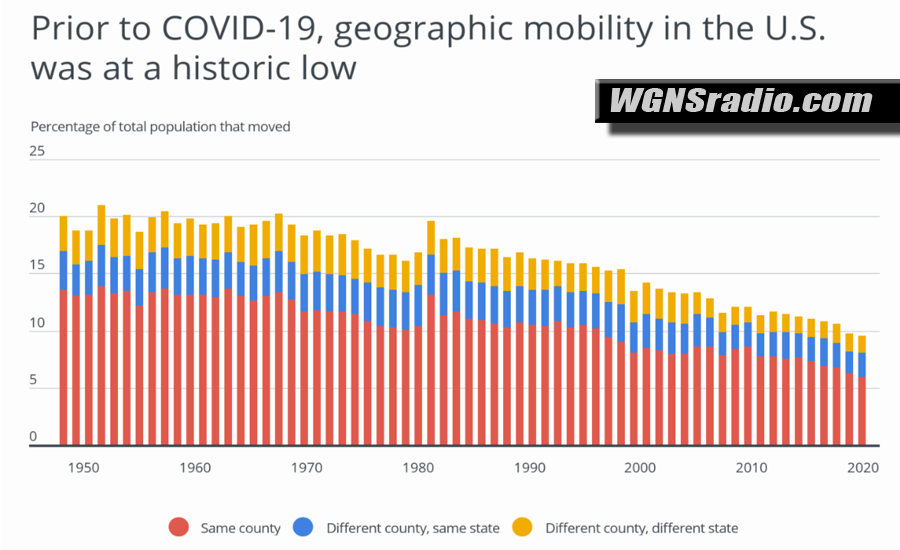The COVID-19 outbreak is poised to cause major migration shifts across the U.S. According to a recent report by Pew Research Center, 22% of U.S. adults changed their residence or knew someone who did because of the pandemic. This represents a stark reversal from the longstanding trend of Americans staying put and could have far-reaching effects on local populations and economies.
The cost of moving is not cheap and many have faced cut hours at work or a job loss altogether, due the pandemic.
For example, the national median cost of a two-bedroom rental is $1,293 and the median wage is $19.14 per hour. This means that a typical renter would need to have $3,879 saved to sign the rental agreement, which would require 203 hours of work.
In Tennessee, it takes an average of 163 hours of work to afford a two bedroom apartment, which adds up to $2,813.38 at $17.26 per hour.
The analysis found that in Tennessee, prospective renters need to work 163 hours in order to sign a rental agreement, compared to the national average of 203 hours. Here is a summary of the data for Tennessee:
- Hours of work needed to sign a rental agreement: 163
- First month’s rent + last month’s rent + security deposit: $2,807
- Median 2-bedroom monthly rent: $936
- Median hourly wage: $17.26
For reference, here are the statistics for the entire United States:
- Hours of work needed to sign a rental agreement: 203
- First month’s rent + last month’s rent + security deposit: $3,879
- Median 2-bedroom monthly rent: $1,293
- Median hourly wage: $19.14
States in the Northeast and West Coast tend to require the greatest number of hours to sign a rental agreement, especially California (284 hours), Massachusetts (239 hours), and New York (236 hours). By contrast, states in the Midwest and Northwest require the fewest hours, like Wyoming (141 hours), Iowa (136 hours), and North Dakota (128 hours).
Prior to COVID-19, geographic mobility in the U.S. reached historic lows. Data from the Census Bureau shows that between 2018 and 2019, only 9% of Americans changed their address. By contrast, the geographic mobility rate hovered around 20% throughout the 1950s and 1960s before beginning its decline. Among those who did move in 2019, roughly six in 10 people moved within the same county, with far fewer moving across county or state lines.





